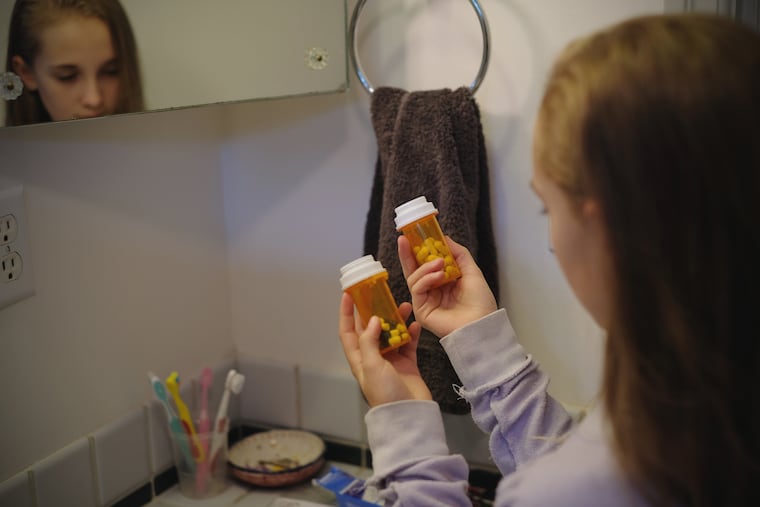Adolescents are vulnerable to the opioid epidemic, too
Because most opiates are used primarily as treatment for pain, people with opioid use disorder can be our friends, our family members and unfortunately our children. Yes, even our children.

I am stating the obvious when I say that there is an opioid crisis in America today. In fact, the Trump administration declared the opioid crisis a public health emergency and promised resources to remedy it. Additionally, Pennsylvania Governor Tom Wolf has promoted awareness and treatment funding by creating Centers of Excellence in the Commonwealth to develop outreach and education, and engage those suffering from opioid use disorder.
But who are these people? Because most opiates are used primarily as treatment for pain, people with opioid use disorder can be our friends, our family members and unfortunately our children. Yes, even our children.
Adolescence is a time of turmoil for most teenagers. There are biological, emotional, and social changes that are occurring on a daily basis. Changes in the brain make adolescents more susceptible to the effects of opioids and potential for addiction. Although opioid misuse is decreasing in adolescents, death from overdose is increasing at an alarming rate — nearly tripling in the past 20 years. Teenagers at risk for opioid misuse include those with pain syndromes, mental illness, friend who abuse opioids, family member overdoses, and other substance misuse (such as alcohol or marijuana).
Under-recognition and under-treatment of adolescent opioid abuse must be remedied.
Let’s look at under-recognition first. There must be education about opiates, their dangers, and their addictive potential early in school. Mandatory teaching about opiates early in middle school should be considered. It is a common misconception that introducing controversial topics like opiate abuse or suicide plants the ideas in a teenager’s head, making them more prone to the prohibited action. Actually, the opposite is true. Introducing topics allows teens to understand the dangers. Education makes it less mysterious and forbidden, and allows teens to realize that they are not alone.
Parents also need to educate their children about the dangers of opiate abuse and misuse. Having “the talk” usually means discussing sexuality, the do’s and don’ts, and hopefully gender equality and gender identity. Wouldn’t it be great if there could be a separate, spontaneous talk about the dangers of substance abuse? Having a teenager of my own, I recognize that these talks are best when they are spontaneous and initiated by the adolescent after real-life situations. Make the conversation more of a dialogue than a monologue and watch non-verbal cues closely (eye-rolling and fidgeting, for example). Typically, important topics like this warrant a few talks, but strike when the iron is hot and don’t make it a painful, regular agenda.
Additionally, pediatricians, family medicine doctors, and child and adolescent psychiatrists can play a central role in teaching adolescents about the dangers of opioid misuse and abuse. Even when your teenager has a doctor appointment for a sore throat, for example, there is an opportunity to engage him/her. If an adolescent is seeing a psychiatrist for depression or anxiety, there is an opportunity to engage him/her. We cannot lose these precious opportunities.
In addition to a discussion about opiates, parents and teens should be able to find printed information in waiting rooms that can include:
Signs and symptoms of opiate addiction,
How to speak to your parent or teenager about opiates,
Common approaches to pain management, and
What to do if you suspect you need help.
Under-treatment of opiate addiction in the adolescent population is common. Once recognized, opiate addiction warrants biological and psychosocial treatments that are structured and evidence-based. Most treatment programs help patients who are ages 18 and older. Inpatient and outpatient programs that treat 12- to 17-year-olds are more scarce. There also are barriers for this population, including insurance issues, parental buy-in and participation, and lack of FDA-approved medications. That’s why there is a desperate need for treatment settings for adolescents.
A multi-pronged approach involving education and treatment for adolescents can help stem this epidemic. Our youth deserve it.
Kevin Caputo is chair of the department of psychiatry, as well as president and chief behavioral officer at Crozer-Keystone Health System.